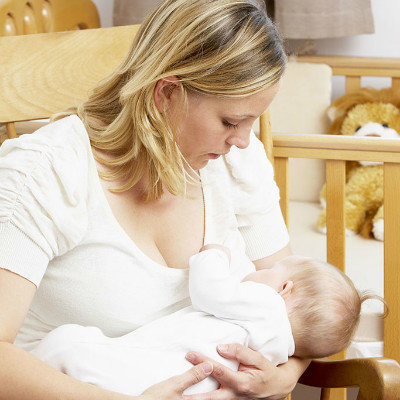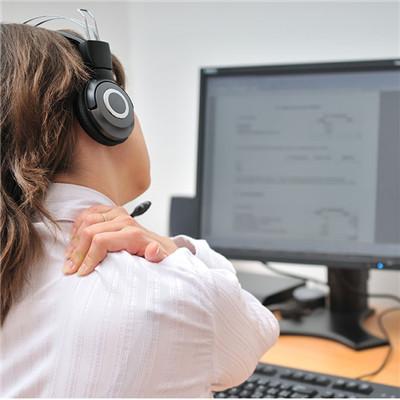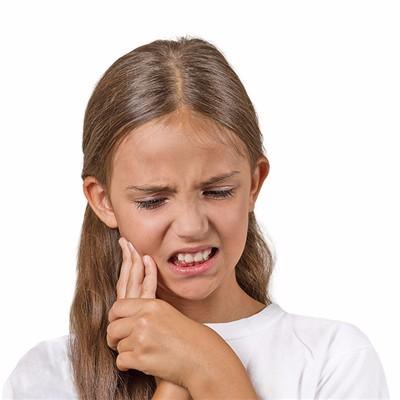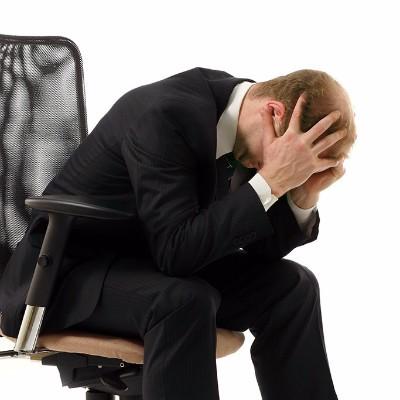How does infantile congenital bony torticollis do?
summary
Torticollis refers to the head to the affected side, forward tilt and facial deformation. A few of them are skeletal torticollis caused by spinal deformity, compensatory posture of visual impairment and neurogenic torticollis caused by cervical muscle paralysis. Generally speaking, they are muscular torticollis caused by unilateral sternocleidomastoid muscle contracture. Most scholars believe that torticollis is related to injury, such as breech delivery and fetal position is not correct, neck sternocleidomastoid muscle compression, vascular compression ischemia, the affected side of sternocleidomastoid muscle artery lumen are blocked, resulting in muscle dysplasia, or muscle edema, inflammation, muscle cell degradation, resulting in fibrous degeneration, eventually replaced by connective tissue, resulting in contracture. Children with torticollis are often complicated with malformed feet and dislocation of hip joint, so there are congenital factors. If the torticollis is not treated in time, the deformity will be more obvious with the increase of age.
How does infantile congenital bony torticollis do?
Torticollis can be divided into congenital muscular torticollis and congenital skeletal torticollis. The former is a congenital deformity of head and neck caused by contracture of sternocleidomastoid muscle; The latter is due to the development of cervical vertebra bone deformity caused by torticollis, is rare. In terms of treatment, non-surgical treatment for children less than half a year old can obtain satisfactory curative effect. For those over half a year old who are ineffective in conservative treatment, those under 12 years old with obvious torticollis deformity or those over 12 years old with mild facial deformity, surgical treatment can be considered.

Children's torticollis is a common congenital disease in children's head and neck. Most children can be completely cured by correct and effective non-surgical treatment in the early stage. the sooner the better. Young parents must pay attention to the observation after the baby is born. If his head always leans to one side, we must see if there is a lump in his neck. Once it's torticollis, don't panic. See a doctor as soon as possible. One day early treatment increases the hope of successful treatment.

Local drug block. This is very obvious to promote the absorption of local mass, often choose prednisolone or hyaluronidase, add appropriate amount of lidocaine for local closure. Because it is in the neck, the injection should be very careful. The liquid medicine should be injected into the center of the mass, not too deep, so as to avoid accidents caused by intravascular injection. If the injection is too shallow than subcutaneous, in addition to no effect, but also easy to cause infection at the injection site. At the beginning, because of the hard texture of the mass, the resistance of injection is large, so the injection should be pushed slowly. Generally once a week, most children generally use 6 times to make the mass disappear gradually. However, some patients who are not sensitive to drugs or who are treated later may not have obvious effect.

matters needing attention
It is very important to keep the head and neck in the correct position by turning the head repeatedly. The specific method is: about 50 times a day, can be divided into several times. When doing this, put the child flat on the bed, hold his head with both hands, turn his jaw to the shoulder of the affected side (i.e. the neck mass), and then stop for about 1 minute to make the muscle stretch, and then turn it repeatedly. But in the process of rotation, the manipulation should be gentle, to prevent violence, to prevent injury to neck muscles and even cervical spine. Two small sandbags (green sand or yellow sand, washed with water, exposed to the sun or heated with iron pot) can be used. Choose double cloth sewing, the diameter is about 20 × When the child sleeps, the sandbag is placed on both sides of the head to fix the child in the correction position. The treatment should last more than 6 months.














